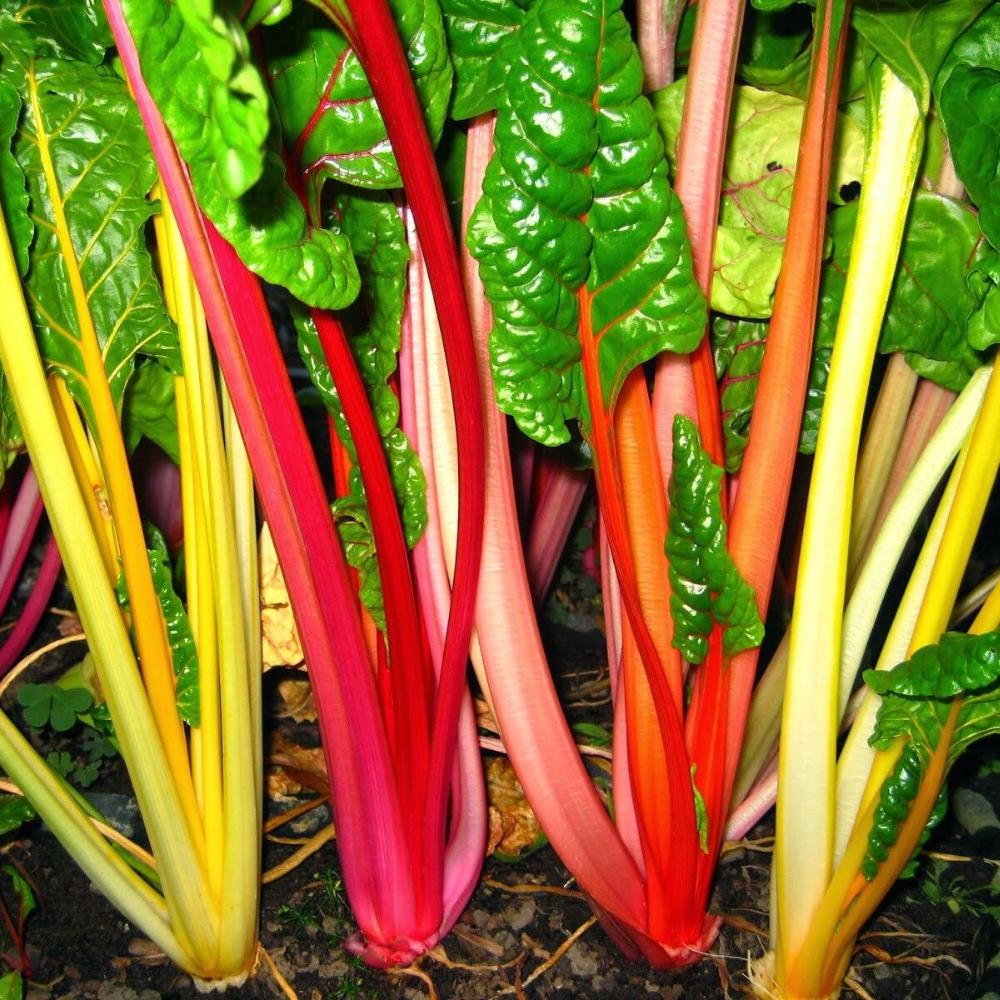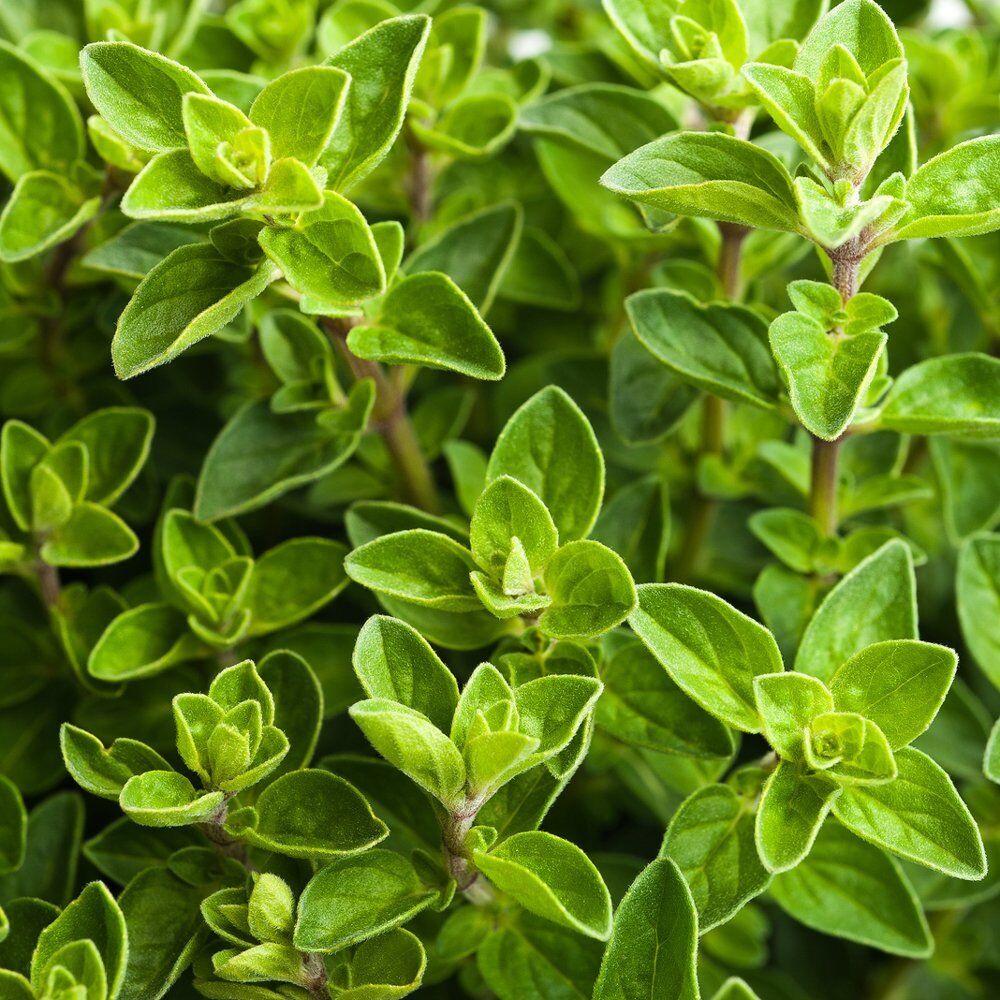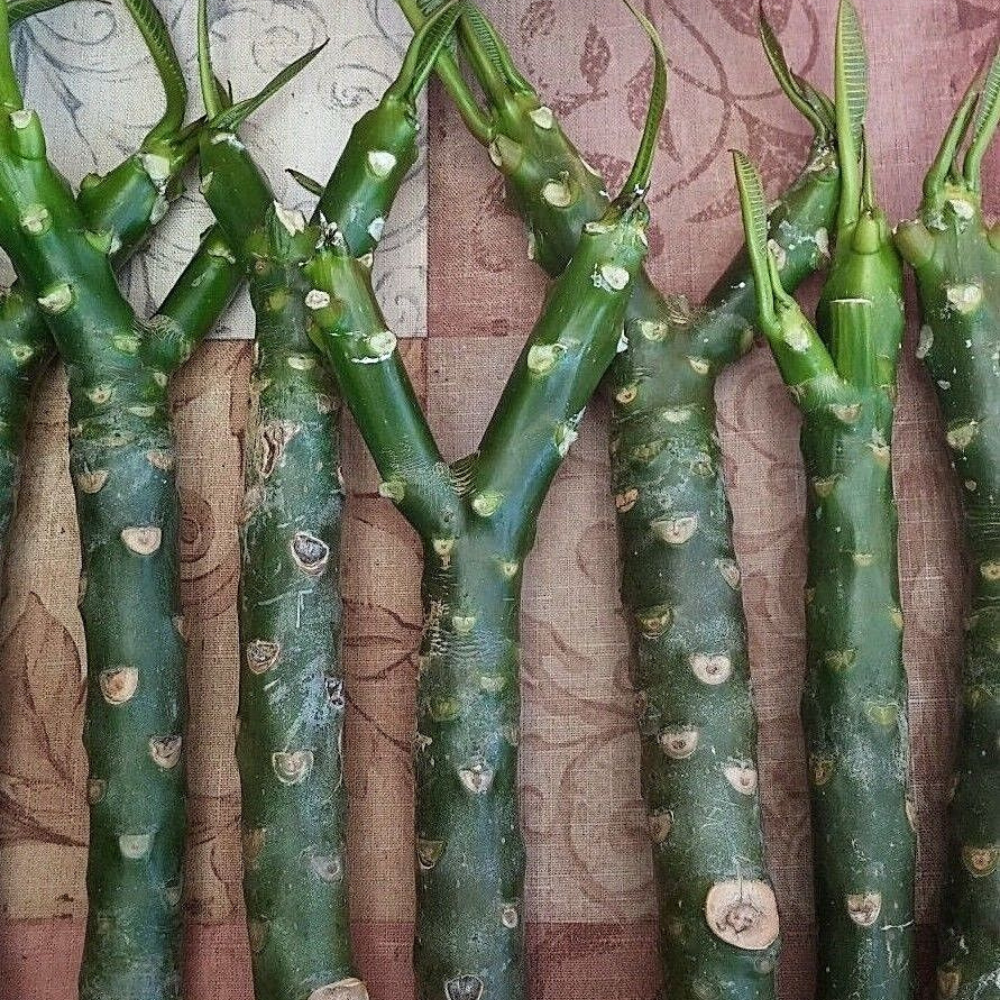Introduction to Hass Avocado Grafted Plants
Hass avocados are one of the most popular and beloved avocado varieties in the world. Known for their creamy texture, rich flavor, and small size, Hass avocados are the go-to choice for guacamole, salads, and sandwiches. While you can grow avocado trees from seed, Hass avocado grafted plants offer a faster, more reliable route to growing your own fruit-bearing tree. These grafted plants ensure that you get a consistent, high-quality crop from the start, often yielding fruit in as little as 2 to 3 years.
In this comprehensive guide, we will cover everything you need to know about planting, caring for, and harvesting Hass avocado grafted plants. Whether you're a beginner gardener or an experienced grower, this post will help you cultivate healthy avocado trees that produce delicious fruit year after year.
What is a Hass Avocado Grafted Plant?
A Hass avocado grafted plant is a hybrid tree created by joining two different avocado plants — the rootstock and the scion. The rootstock, typically a hardy and disease-resistant variety, provides a strong foundation, while the scion is the variety that produces the fruit. Grafting is a common technique used in fruit tree cultivation to ensure consistent fruit production and to speed up the growing process.
In the case of Hass avocados, the scion is a cutting taken from a mature, high-quality Hass avocado tree. This method ensures that your avocado tree will grow true to the variety and produce fruit with the same desirable qualities, including its creamy texture, rich flavor, and small, pear-shaped appearance.
Benefits of Hass Avocado Grafted Plants
- Faster Fruit Production: One of the biggest advantages of grafted avocado plants is their speed of fruit production. While an avocado tree grown from seed may take 13 to 15 years to bear fruit, grafted trees can start producing in just 2 to 3 years.
- Consistent Quality: Grafting ensures that the scion variety, such as the Hass avocado, will maintain its exceptional taste and texture year after year. Seed-grown avocados may vary significantly in taste and quality, but grafted trees provide a predictable and reliable harvest.
- Stronger, More Resilient Plants: Grafted avocado trees tend to be more robust and resistant to diseases, pests, and environmental stress than seed-grown trees. The rootstock provides extra resilience, allowing the tree to thrive in a variety of conditions.
- Smaller Tree Size: Hass avocado grafted plants are often more compact and manageable, making them ideal for smaller gardens or containers. If you're growing your avocado tree in a limited space, this is a great option to consider.
How to Plant Hass Avocado Grafted Plants
Planting a Hass avocado grafted tree in your garden is a straightforward process. Follow these steps to ensure successful planting and healthy tree growth.
1. Choose the Right Location
Avocado trees need plenty of sunlight to thrive. Choose a sunny spot in your garden that receives at least 6 hours of direct sunlight each day. Ideally, the location should be sheltered from strong winds, as avocados have shallow roots that can be easily damaged by gusty conditions.
- Climate: Hass avocado trees thrive in USDA hardiness zones 9b to 11, which means they do best in subtropical or tropical climates. They do not tolerate frost and should be protected during colder months.
- Soil: Avocado trees prefer well-draining soil that is slightly acidic (pH 6 to 6.5). Avoid heavy clay or poorly draining soil, as this can lead to root rot.
2. Prepare the Planting Hole
Dig a hole that is twice the size of the root ball of your grafted avocado plant. This will give the roots plenty of space to spread out and establish themselves. Ensure the hole is deep enough so that the graft union (the point where the rootstock and scion meet) is above the soil line. If the graft union is buried, it can lead to rootstock growth that will affect the tree’s fruit production.
3. Plant the Tree
Carefully remove the avocado tree from its pot and gently shake off any excess soil around the roots. Place the tree in the hole and fill it with soil, making sure the graft union remains exposed above the surface. Water thoroughly to help settle the soil and eliminate air pockets around the roots.
4. Mulching and Watering
Apply a layer of mulch around the base of the tree to help retain moisture and regulate soil temperature. Keep the mulch several inches away from the trunk to prevent rot.
Water the tree immediately after planting and continue to water regularly during the growing season. Avocado trees like consistently moist soil but are sensitive to overwatering. Ensure the soil is well-drained and allow the top layer to dry slightly between waterings.
Caring for Hass Avocado Grafted Plants
Once your Hass avocado grafted tree is planted, proper care is essential for its healthy growth and fruit production. Here are the key care tips to follow:
1. Watering
Avocados need regular watering, especially during their first few years. Water deeply once or twice a week, depending on the weather and soil conditions. During hot, dry spells, you may need to water more frequently. Be careful not to overwater, as this can lead to root rot. Ensure the soil is well-drained to help prevent waterlogging.
2. Fertilizing
Avocado trees are heavy feeders and benefit from regular fertilization. Use a balanced, slow-release fertilizer designed for fruit trees, ideally one with a higher nitrogen content to encourage healthy growth. Fertilize your tree every 4-6 weeks during the growing season (spring through summer). Avoid fertilizing during the winter months when the tree is dormant.
3. Pruning
Pruning is not always necessary for Hass avocado trees, but it can help maintain their shape and promote healthy growth. Trim away any dead or damaged branches, and cut back any vigorous growth that might crowd the center of the tree. Light pruning can also help increase air circulation, which reduces the risk of disease.
4. Protecting from Pests and Diseases
Hass avocado trees can be susceptible to pests like aphids, mites, and scale insects, as well as diseases such as root rot and fungal infections. Regularly inspect your tree for any signs of pests or disease, and treat promptly with organic insecticidal soap or neem oil if necessary.
To prevent root rot, avoid overwatering and ensure proper drainage in the planting area. Keep the area around the tree clean and free from fallen leaves or debris, which can harbor pests.
Hass avocado trees typically begin bearing fruit 2 to 3 years after planting if grown from a grafted plant. The fruit will be ready to harvest when the skin turns from green to a dark purplish-black color and the fruit feels slightly soft when gently squeezed. Unlike some fruits, avocados do not ripen on the tree, so you can pick them when they are mature but firm and let them ripen at room temperature.
Conclusion: Start Growing Your Hass Avocado Grafted Plant Today!
Growing Hass avocado grafted plants is an excellent way to enjoy homegrown avocados in as little as 2 to 3 years. With their fast fruit production, consistent quality, and resilience, grafted avocado trees are a smart choice for any gardener. By following the care tips in this guide, you can cultivate a thriving avocado tree that provides a bountiful harvest year after year.
Ready to get started? Shop for Hass avocado grafted plants today and start growing your own fresh, delicious avocados right in your backyard!
Ready to grow your own Hass avocado tree? Browse our selection of healthy grafted avocado plants and start planting today!









